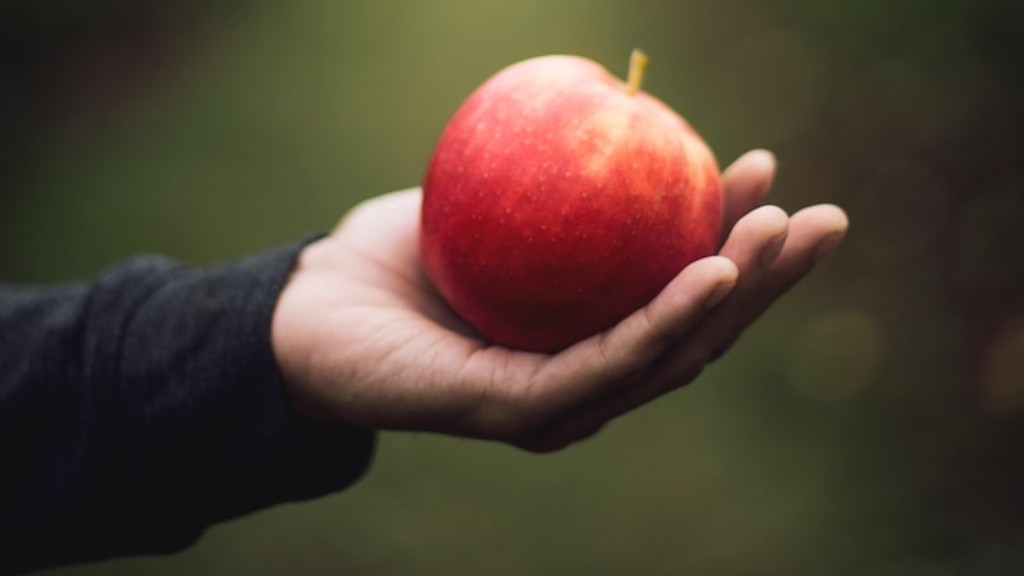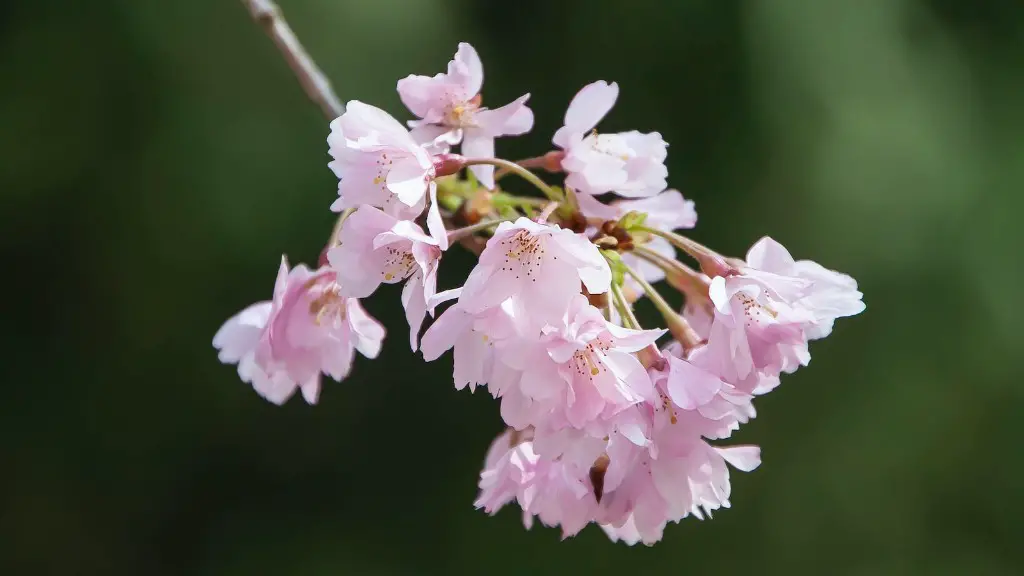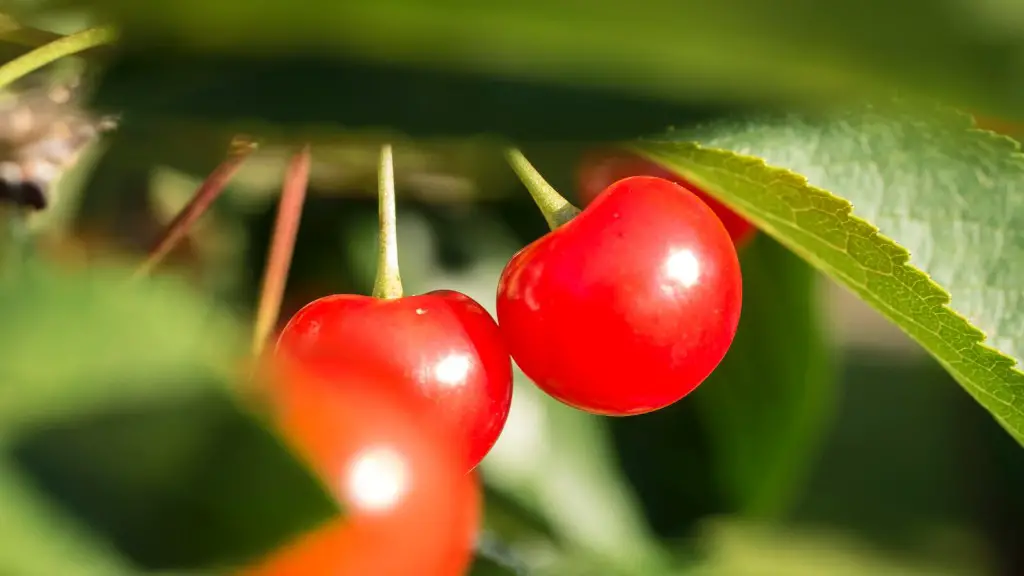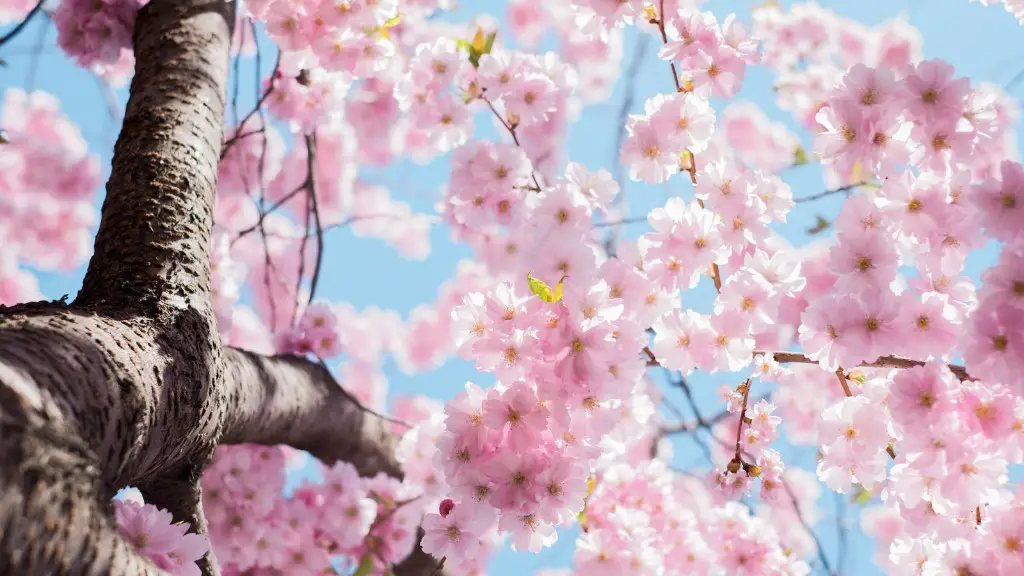Apple trees can be a great addition to any garden, but if you don’t want a large, imposing tree, there are ways to keep it small. Here are some tips for keeping your apple tree small.
To start, choose a variety of apple tree that is suited to your space. Many apple trees will mature to a certain height and width depending on the variety, so be sure to select one that won’t grow too large.
Next, prune back your tree regularly. Pruning can help keep a tree under control, and it also encourages new growth and improves the overall health of the tree. Trim back branches as they start to reach the desired height.
Third, use a stake or trellis to restrict the growth and impact of your apple tree. This can allow you to keep the tree to a manageable size without having to prune it constantly.
Fourth, fertilize the tree regularly and water it frequently in the proper amounts. Both of these will help your tree stay healthy and may help keep it from growing too big.
Lastly, mulch your tree’s roots with a material such as wood chips or straw. Mulch helps to keep the tree’s roots insulated and cool, and it also helps to maintain moisture.
Thinning Apples
Another important factor to consider when keeping an apple tree small is thinning out the apples. Apples need to be thinned regularly to keep the tree healthy and to ensure that there are enough resources for them to grow properly. To thin the tree, remove some of the apples during the growing season, usually early in the summer or late spring. This will help prevent overcrowding and create space for other apples to develop.
Be sure to thin the apples evenly, leaving some on the tree. If you take all but the best apples off of the tree, it can be detrimental to the overall health of the tree.
Thinning apples can also help reduce the size of your tree. Apples grow on the ends of branches, so if you thin the apples, you can also reduce the overall size of the branches and thus the tree without sacrificing the desired shape.
Thinly spread apples also allow more sunlight and air to reach each one, making them grow bigger and healthier.
Finally, be sure to thin the apples before they become too large. Apples left on the tree for too long can become overcrowded and cause the tree to become taller and bushier than desired.
Training the Tree
Finally, judicious training is one of the best ways to keep an apple tree small. Training trees can involve anything from pruning out smaller branches to tying up the tree with string or pruning out branches to create a desired shape.
When pruning off small branches, make sure to make clean cuts close to the main branch or trunk. Be sure to remove any dead or diseased branches as well.
You can also use a stake or trellis to keep the branches of the tree in place. Driving a stake into the ground and tying the branches of the tree to it will help keep it from getting too big.
If you want to create a desired shape for the tree, you can prune away the branches of the tree to create a desired shape. Start on one side of the tree, and use a light hand to prune away branches until you get the desired shape.
When training the tree, be sure to not prune too much away from it. Too much pruning can leave the tree with a sparse, leggy appearance and limit its ability to produce fruit.
Watering and Fertilization
Watering and fertilization are two important factors in keeping an apple tree small. Proper watering and fertilization can help keep a tree healthy, and water also helps reduce the size of a tree by keeping the soil well-hydrated.
Apple trees should be watered every two to three weeks, depending on the weather and soil type. When watering, be sure to use a hose or sprinkler to thoroughly saturate the soil in the tree’s root zone.
Fertilize the tree with a slow-release fertilizer every three to four months. A balanced fertilizer designed for apples is best, but fertilizer that is designed for fruit trees or even a general-purpose fertilizer will do.
Be sure to follow the instructions on the fertilizer label and avoid over-fertilizing the tree. Too much fertilizer can lead to poor growth and other problems.
Lastly, be sure to check the soil regularly for proper pH levels. Proper pH levels are important for the tree’s overall health, and they can also have an impact on the size of the tree.
Managing Weeds and Insects
Finally, make sure to keep the area around your apple tree clear of weeds and other plants to promote healthy growth and limit the size of the tree. Pull weeds away from the tree, and if necessary, apply an herbicide to keep weeds away.
It’s also important to look for signs of insect infestation and to take steps to deal with it before it gets out of hand. Insects can weaken a tree and lead to infections, so it’s important to take action quickly if you suspect an infestation.
If you notice any signs of disease or pests, consult an arborist or another expert to help you identify and treat the issue.
In summary, by choosing the right variety, pruning and thinning, training, and managing weeds and pests, you can keep an apple tree small and healthy. With appropriate care and a bit of effort, you can enjoy your small apple tree for years to come.




